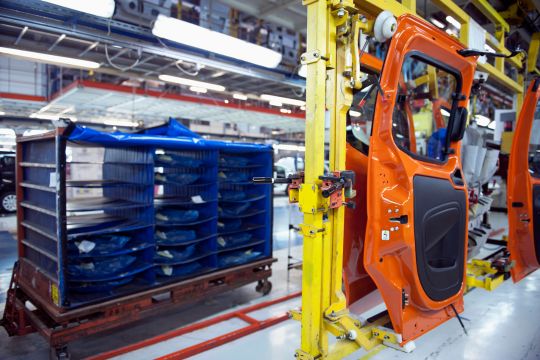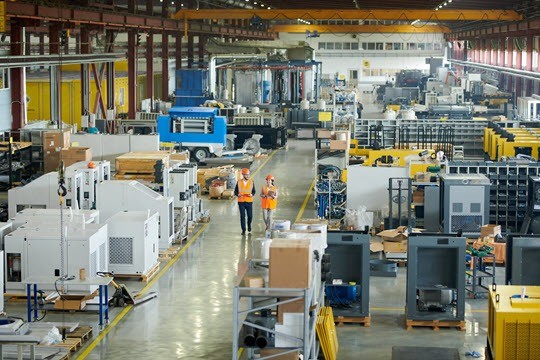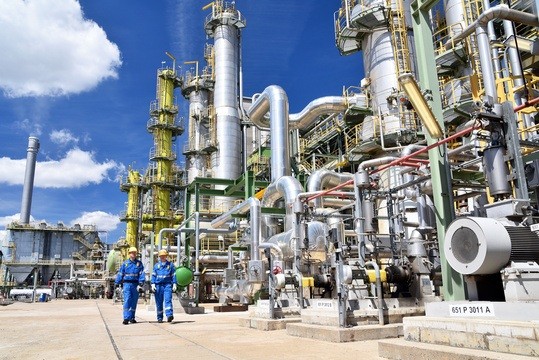The Internet of Things (IoT) has arrived
In the dynamic realm of digital technology, the imperative of enhancing workplace safety and efficiency has taken center stage. Leading this transformation is the Internet of Things (IoT), a technology interconnecting everyday objects and devices. Beyond its initial hype, IoT has permeated various aspects of life, influencing intelligent buildings, smart cities, and innovations like autonomous vehicles and drones. At the heart of IoT's impact is its capacity to facilitate connections and data sharing across devices, enabling real-time analysis and decision-making. This technological progress has opened up new opportunities for operational optimization, cost reduction, risk mitigation, and enhanced performance.
This blog post delves into the influence of IoT on workplace safety and efficiency, with a specific focus on the integration of Real-Time Location Systems (RTLS). Leveraging technologies such as Bluetooth xMesh, RFID, Global Navigation Satellite System (GNSS), and Wi-Fi, RTLS provides real-time tracking of assets and personnel. Its applications extend across diverse industries, including manufacturing, healthcare, supply chain and logistics, and even demanding sectors like oil, gas, and mining.
Through an exploration of practical applications and the potential of IoT and RTLS, this post aims to offer insights into how these technologies are currently shaping industries and what they hold for the future of workplace management.





